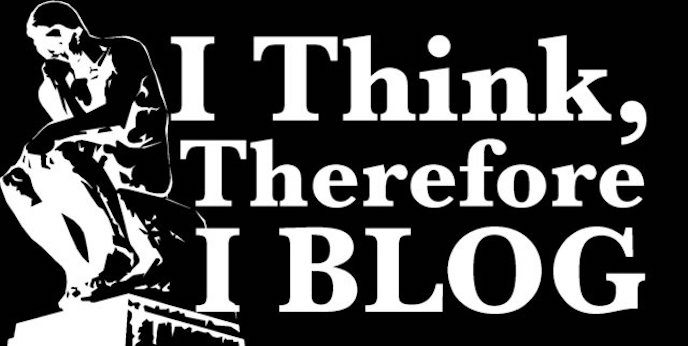The way people engage with content is changing, which is why we are seeing images and infographics gain in popularity. The web has connected people all over the world and we’re able to share resources quickly. However, many people fail to understand the one negative regarding an open share network, which is language barrier. For example, the world’s most popular blogs are located within North America with our first language being English. Many others around the world have a hard time understanding our content because it’s published in the English language. Even though many browsers do provide a simple way to translate this content, it can be tedious and still doesn’t illustrate the point correctly. Bloggers have shifted to using images and infographics to illustrate their point because they’re much easier to grasp by someone located in a non-English speaking country. Next,
Content marketers have so many awesome online tools available to create images and infographics quickly. They are cost effective and platforms like WordPress offer an easy way to upload them into your content. However, if these elements are NOT optimized correctly, they lower site speed while increasing bounce rate, hurting overall user experience. You have to make sure, when uploading images to content, that they’ve been optimized correctly and don’t interfere with website usability.
The next time you’re implementing images and infographics to your content, make sure you tweak them with these strategies.

The Format
The format of the image is very important because depending on format, it will increase or decrease page load time. Different image formats will vary in size and the larger the file, the more strain it will put on your server. Currently, the most common formats are .jpeg, .png, .gif, etc. All of these formats are fine but you want to ensure image quality is NOT lost during the saving and upload process. It’s recommended to use .png when saving images because the size is adequate and it’s doesn’t restrict picture quality. However,
Avoid using flash when possible because on a shared server, you’re going to put a lot of strain on your server, increasing load time. With this increase comes a decrease in user experience and higher bounce rate. Remember the following…
- JPG (good)
- GIF (good)
- PNG (recommended)
- Avoid flash files because of size and strain on server.
Compression
If you’re using WordPress as your platform, then you should be utilizing some of the FREE image plugins they have available. When you’re logged into your WordPress backend, head over to Plugins>Add New and type image compression. You’ll find a whole list, but from my experience, these are the best…
Both of these plugins will do the following…
Will automatically compress new and existing images uploaded to your media gallery. By compressing them, you make them smaller, increasing site load time. Next, it will optimize the image and convert images automatically to the file format that will produce the smallest image size. You can configure the settings once and then each time you upload an image, it will apply the settings. You can run the tool after settings to compress existing images, too.
The Size
If you’re NOT using WordPress, then you will have to keep an eye on your images manually. However, this is NOT hard because you have to know the ideal image size numbers. For example, it’s recommended all images saved before uploading range in size from 170KB because anything above is too large and will slow down your sever. Next, avoid uploading images in HD unless you’re running a virtual or dedicated server because they have less load and can handle larger images.
What about name?
When naming your image, it won’t help with speed, etc., but will help when trying to rank them within the SERP’s. The best advice before uploading is to save them with a name relevant to your content. This way, when people do a quick Google image search, they’ll find your images optimized with a relevant name in the image SERP’s.
